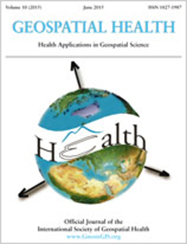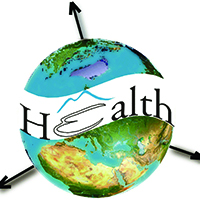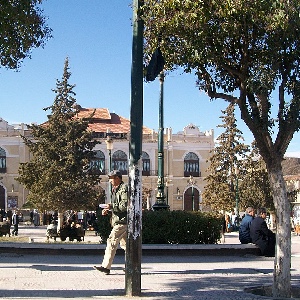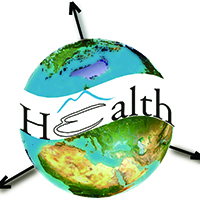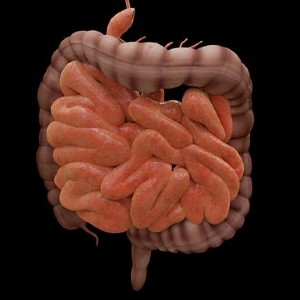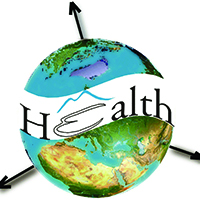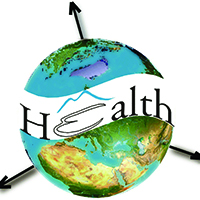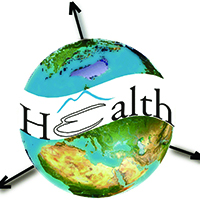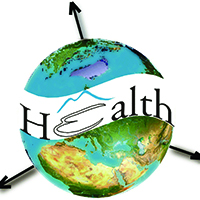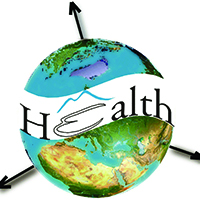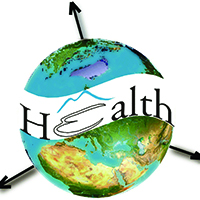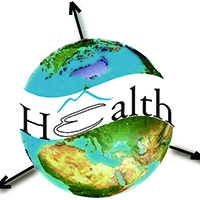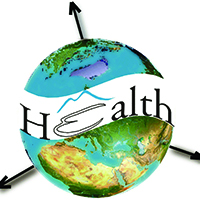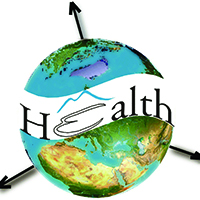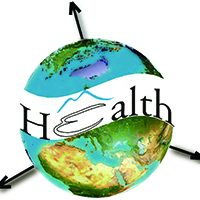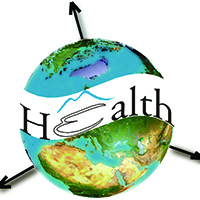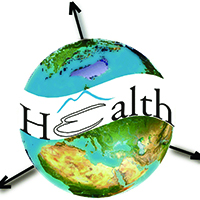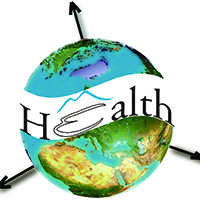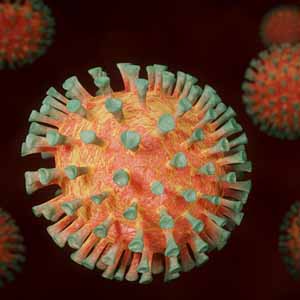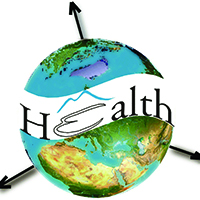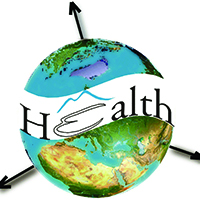FOR AUTHORS
Search
Search Results
##search.searchResults.foundPlural##
-
Geographical accessibility to healthcare by point-of–interest data from online maps: a comparative study
1159PDF: 337Supplementary Materials: 104HTML: 12 -
Promoting sustainable health equity: accessibility analysis and optimization of tertiary hospital networks in China’s metropolitan areas
195PDF: 147Supplementary materials: 24HTML: 3 -
Access to the COVID-19 services during the pandemic - a scoping review
2221PDF: 641Appendix: 267HTML: 101 -
Optimizing allocation of colorectal cancer screening hospitals in Shanghai: a geospatial analysis
1863PDF: 982Supplementary Materials: 119HTML: 21 -
Spatial accessibility to basic public health services in South Sudan
8385PDF: 2544APPENDIX: 6057HTML: 1124 -
Local healthcare resources associated with unmet healthcare needs in South Korea: a spatial analysis
1882PDF: 483Supplementary materials: 169HTML: 96 -
Geospatial tools and data for health service delivery: opportunities and challenges across the disaster management cycle
6077PDF: 640Supplementary Materials: 200HTML: 96 -
Haemodialysis services in the northeastern region of Iran
4069PDF: 1130HTML: 902 -
The food environment and adult obesity in US metropolitan areas
5886PDF: 2662HTML: 1204 -
Pathways to urban health and well-being: measuring and modelling of community services in a medium size city
1533PDF: 833Appendix: 155HTML: 16 -
Where to place emergency ambulance vehicles: use of a capacitated maximum covering location model with real call data
2631PDF: 808Supplementary Materials: 149HTML: 128 -
Spatial clustering of colorectal cancer in Malaysia
1421PDF: 653HTML: 12 -
Spatial pattern analysis of the impact of community food environments on foetal macrosomia, preterm births and low birth weight
915PDF: 529Supplementary Materials: 111HTML: 59 -
Spatial association between the incidence rate of COVID-19 and poverty in the São Paulo municipality, Brazil
7213PDF: 1370Appendix: 141HTML: 24 -
Flexible scan statistic with a restricted likelihood ratio for optimized COVID-19 surveillance
708PDF: 212Supplementary Materials: 105HTML: 22 -
Factors associated with the spatial distribution of leprosy: a systematic review of the published literature
372PDF: 153Supplementary materials: 29HTML: 4 -
Geospatial Health: achievements, innovations, priorities
1642PDF: 551HTML: 95 -
Socioeconomic determinants of pandemics: a spatial methodological approach with evidence from COVID-19 in Nice, France
434PDF: 121Supplementary materials: 37HTML: 7 -
A geographical information systems-based approach to health facilities and urban traffic system in Belgrade, Serbia
1619PDF: 804APPENDIX: 748HTML: 91 -
The effects of population mobility on Chinese HIV epidemics in spill-over and influx risks perspectives: a spatial epidemiology analysis
431PDF: 97Supplementary materials: 30HTML: 7 -
Moran’s I and Geary’s C: investigation of the effects of spatial weight matrices for assessing the distribution of infectious diseases
1527PDF: 437Supplementary materials: 152HTML: 103 -
Spatial autocorrelation and heterogenicity of demographic and healthcare factors in the five waves of COVID-19 epidemic in Thailand
1337PDF: 777Supplementary Materials: 113HTML: 35 -
Diagnostic approaches to malaria in Zambia, 2009-2014
3465PDF: 1336HTML: 1162 -
Role of transport network accessibility in the spread of COVID-19 - a case study in Savar Upazila, Bangladesh
2254PDF: 778Appendix: 165HTML: 151

